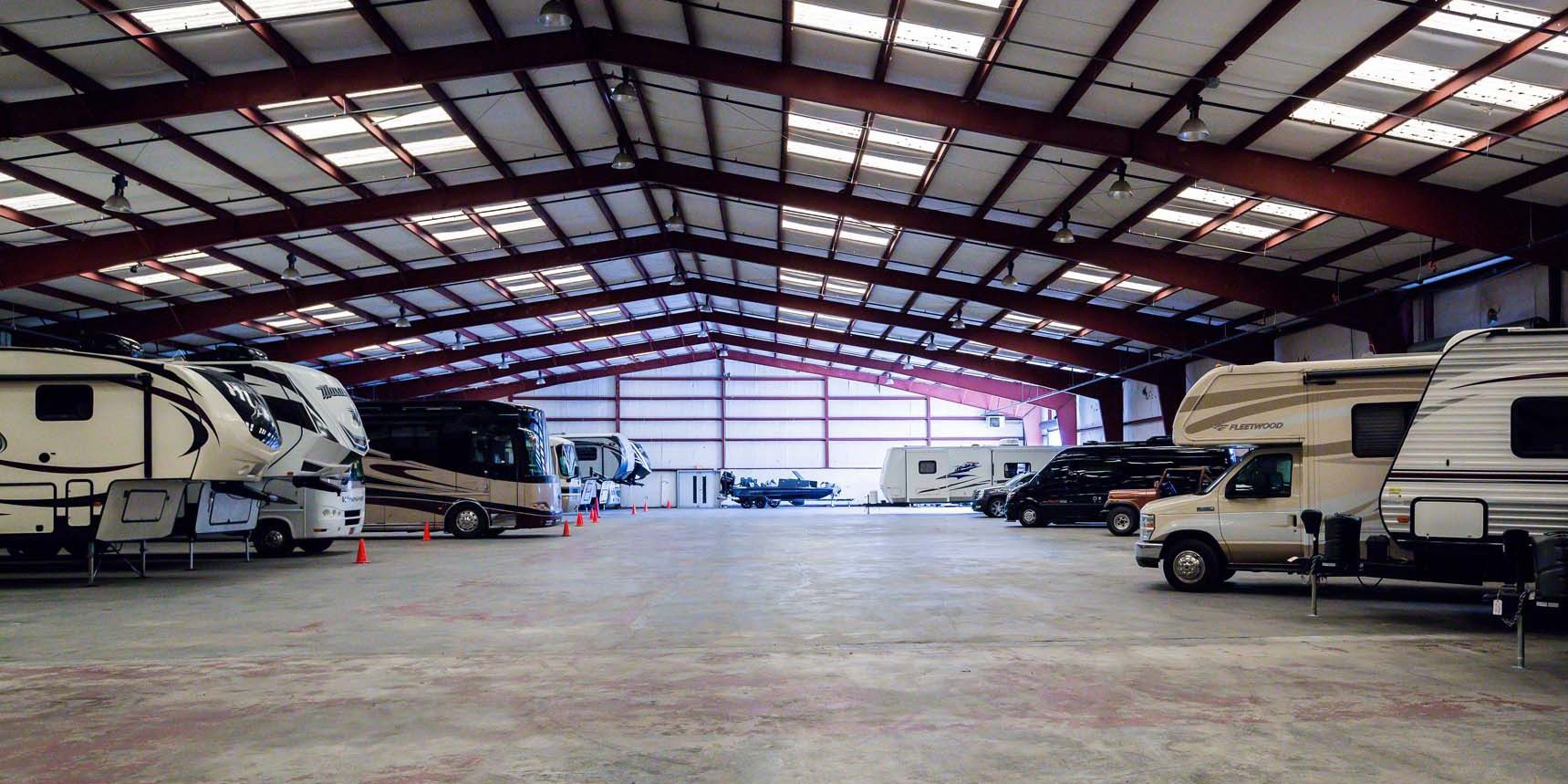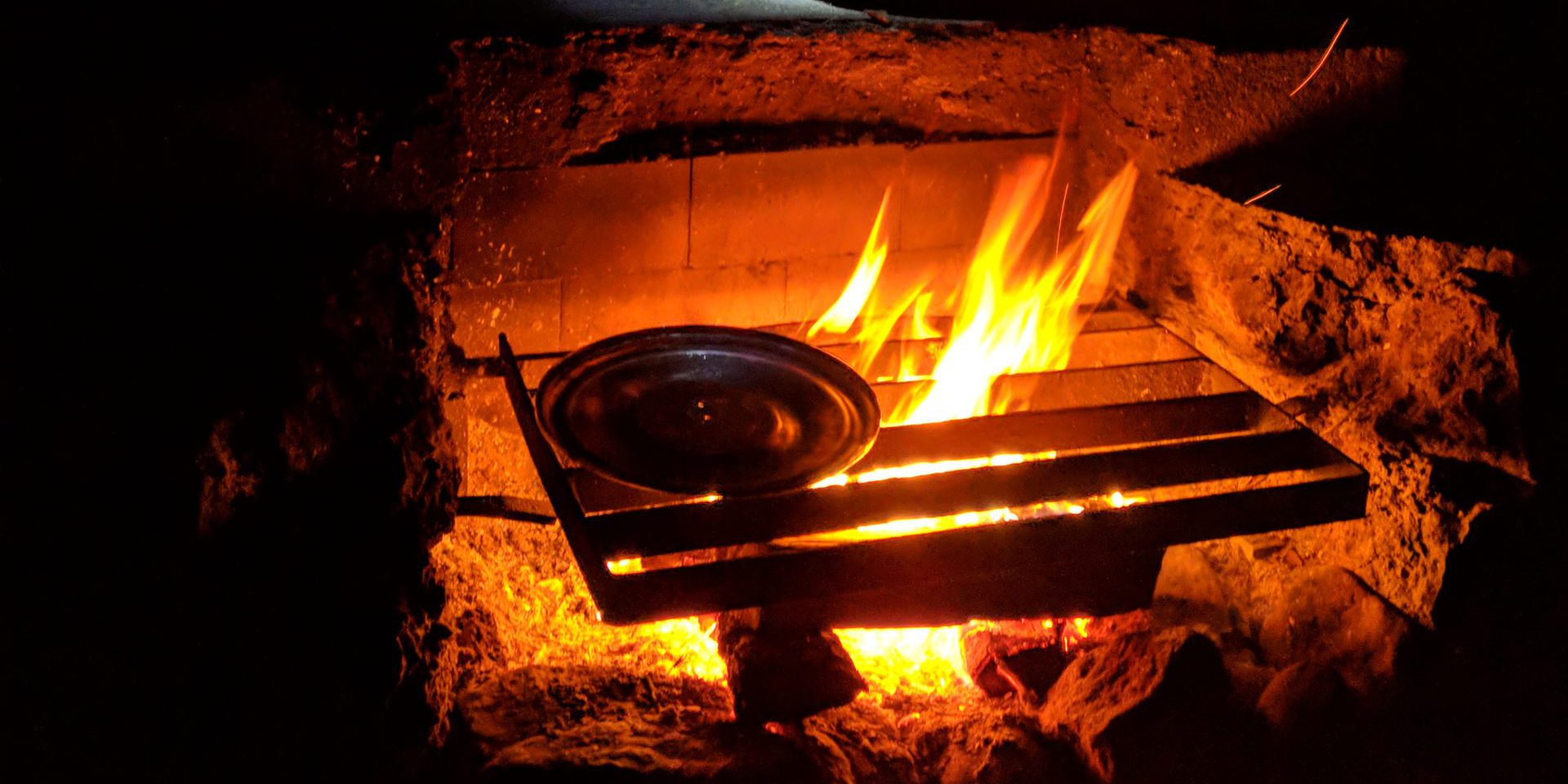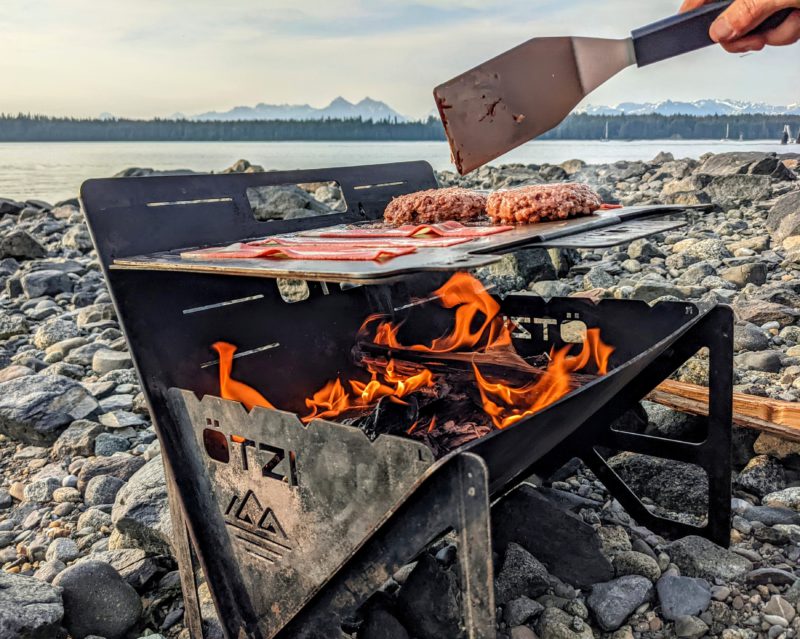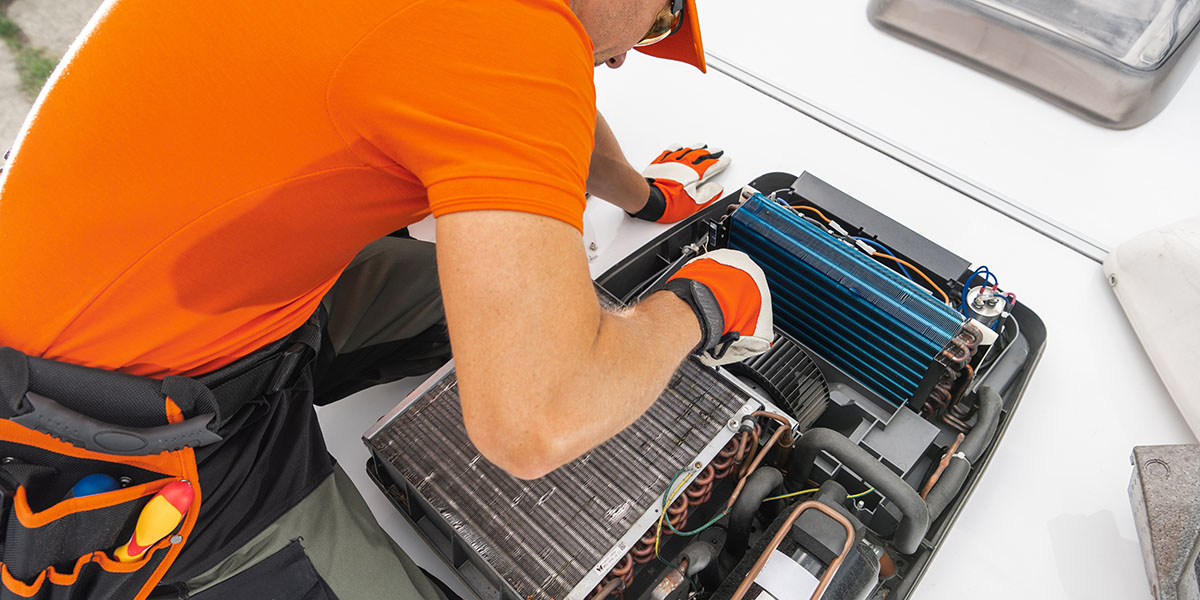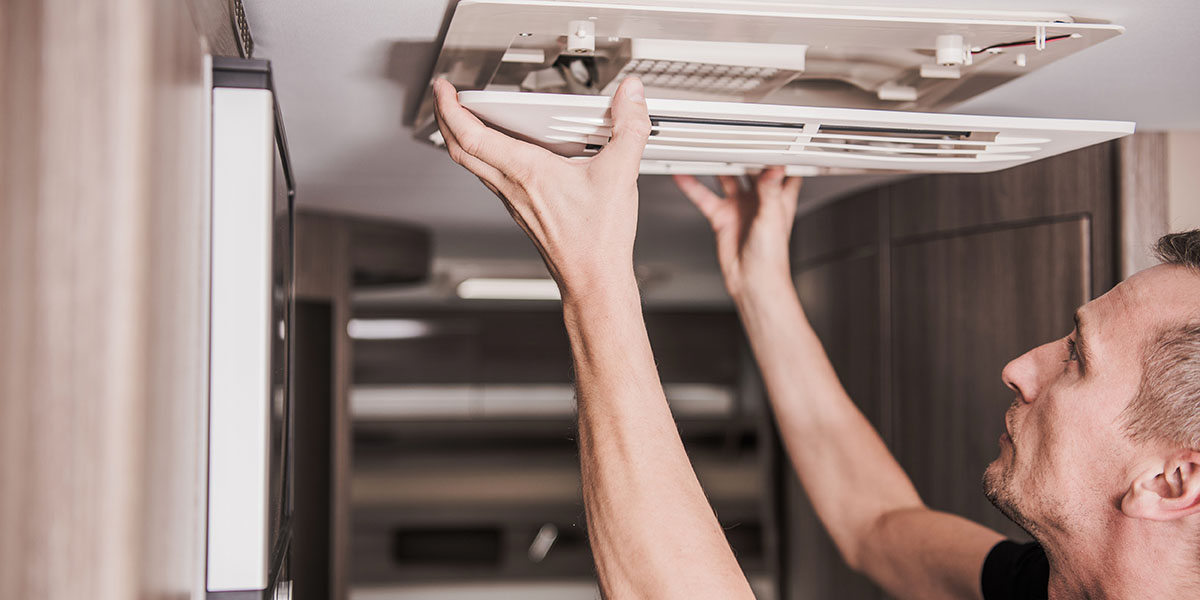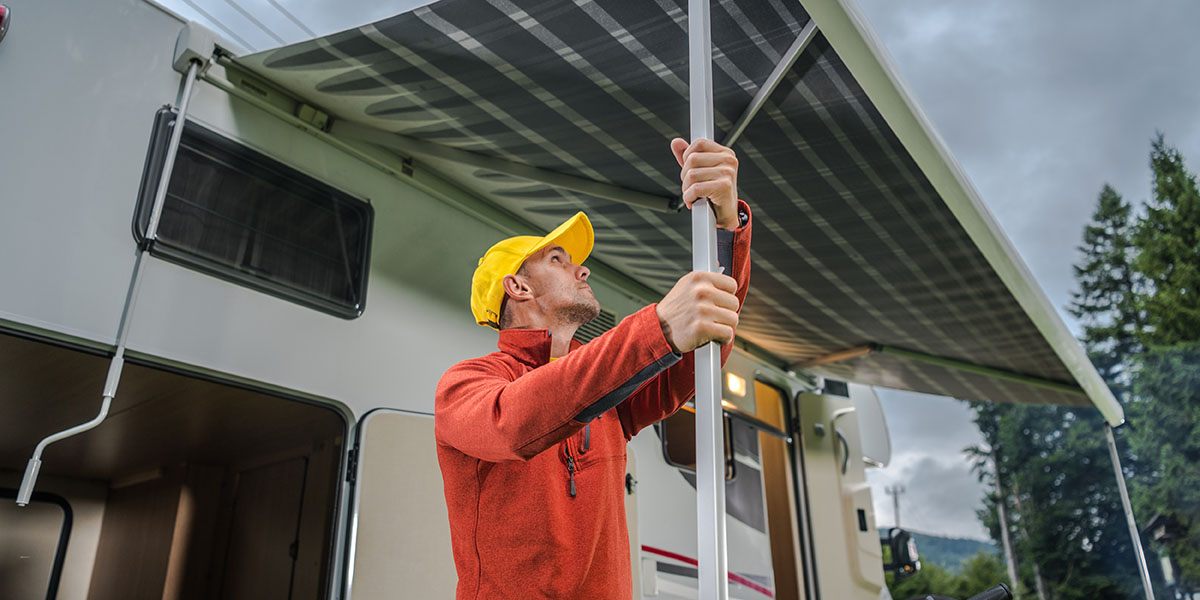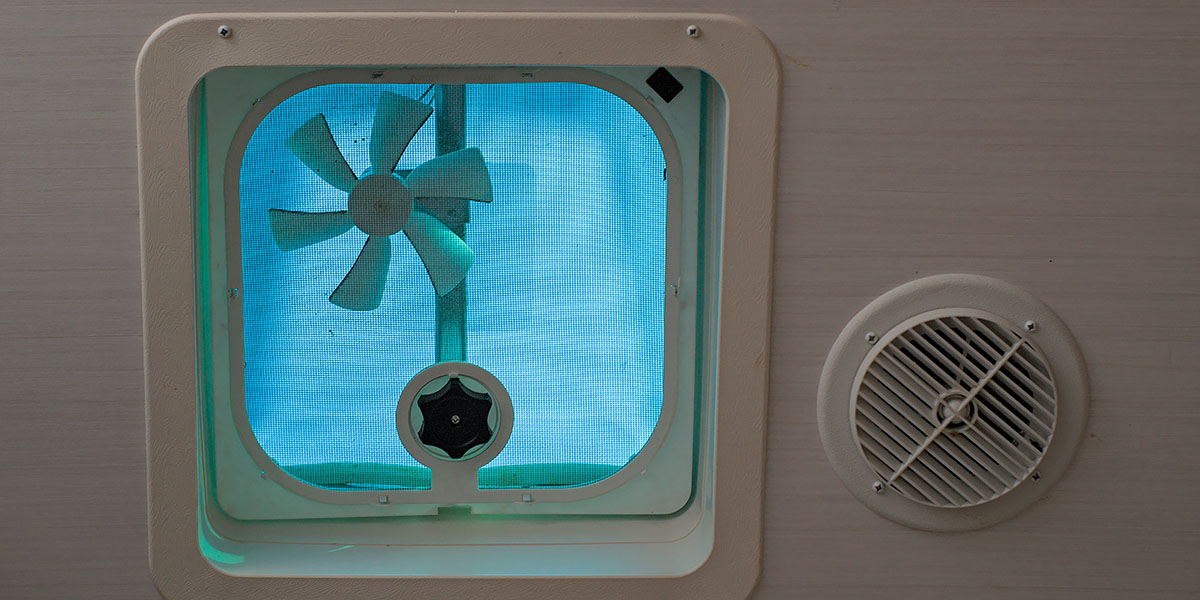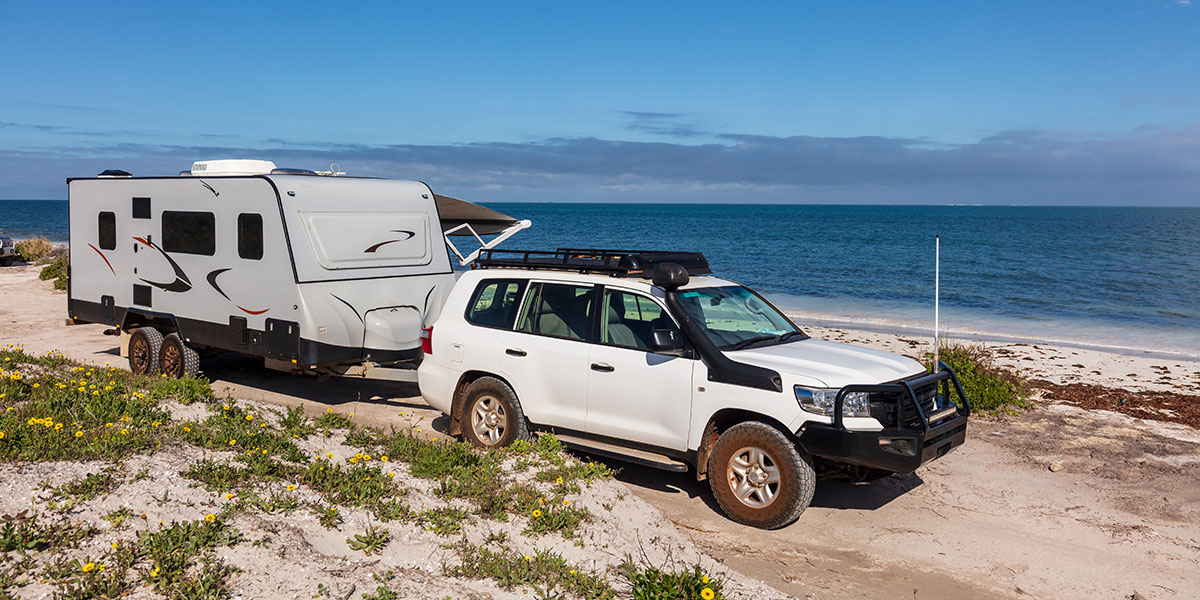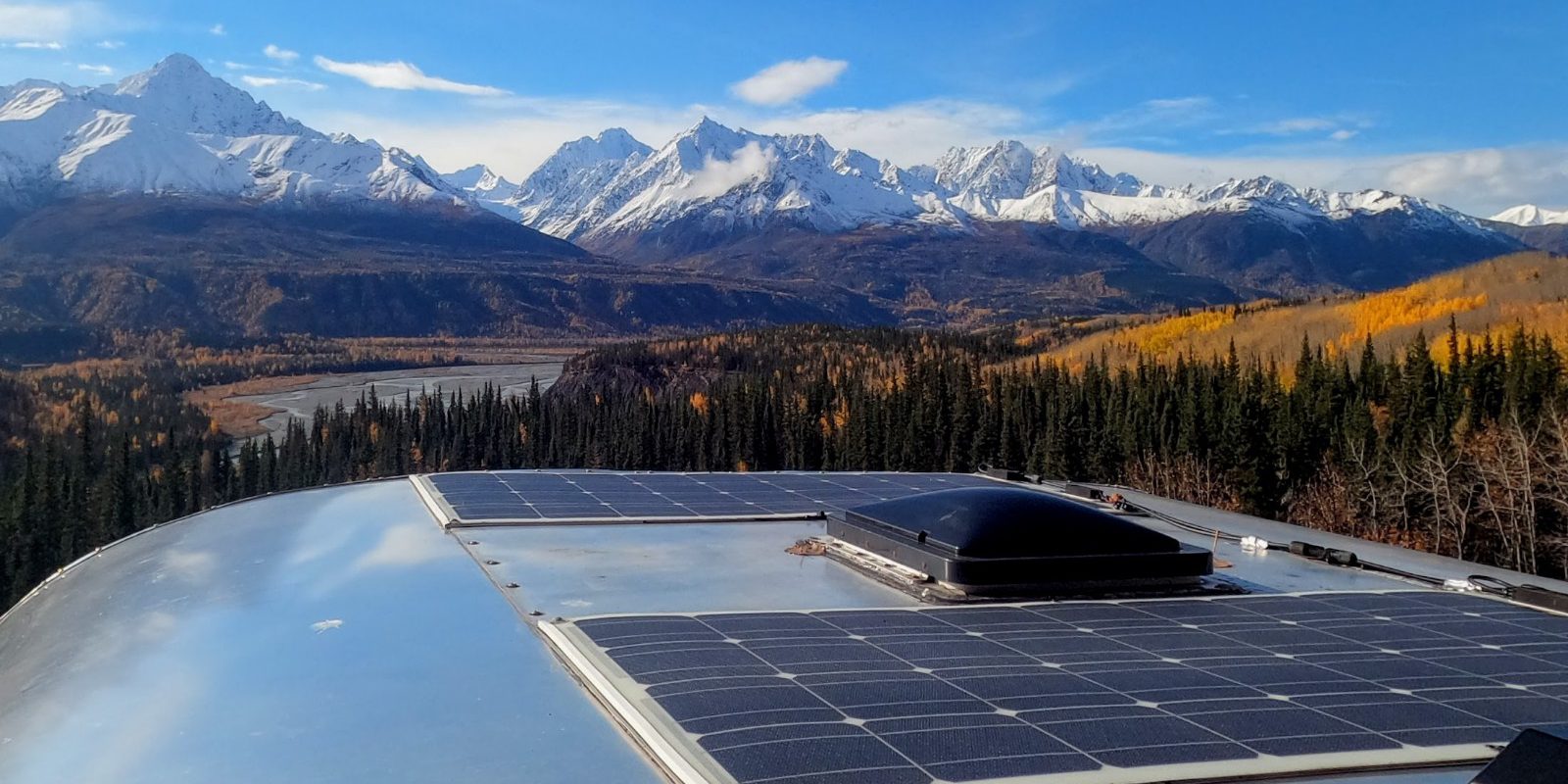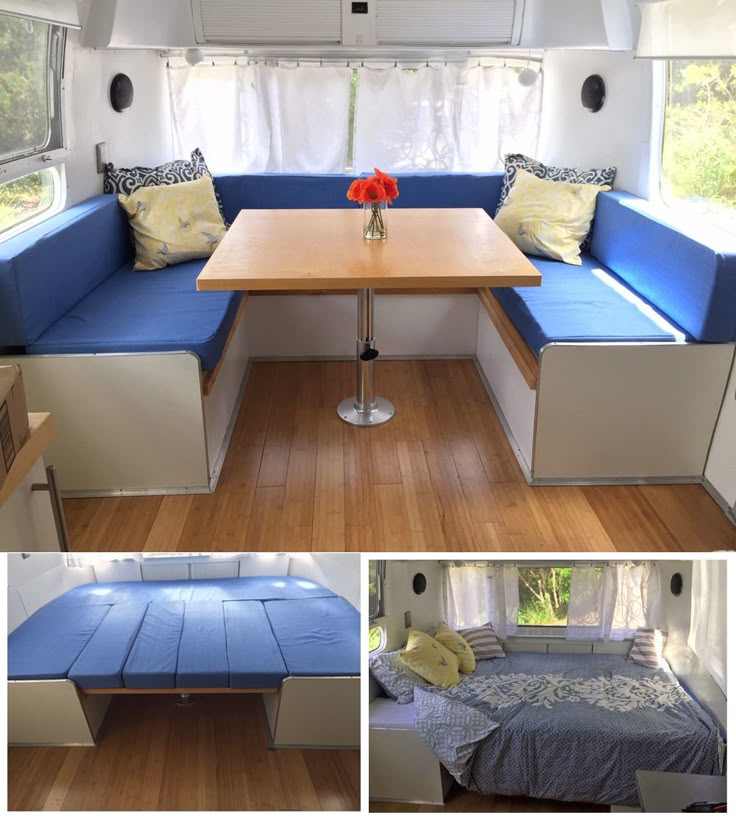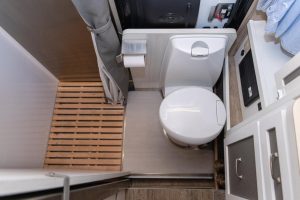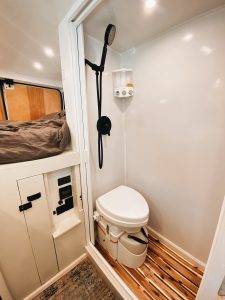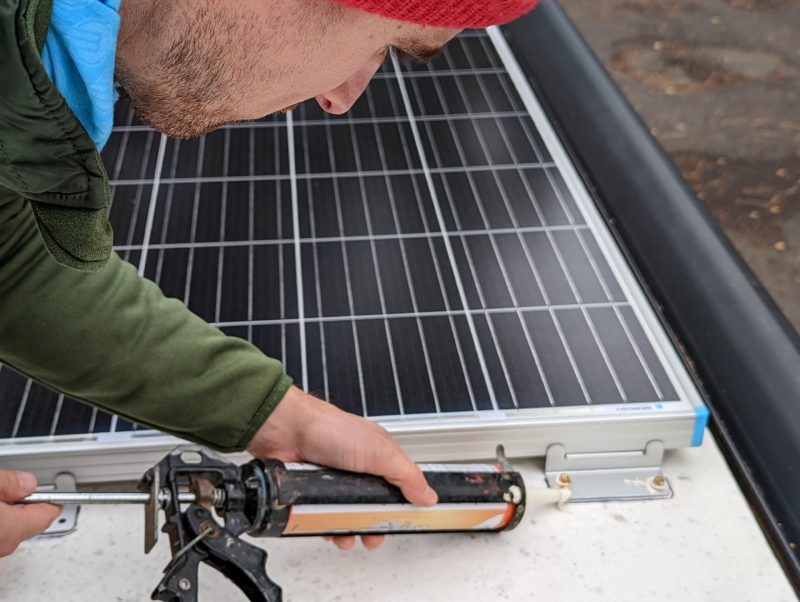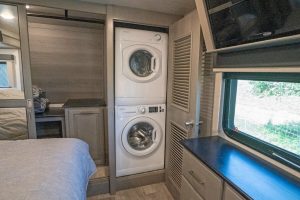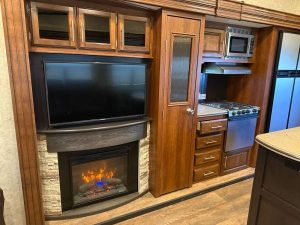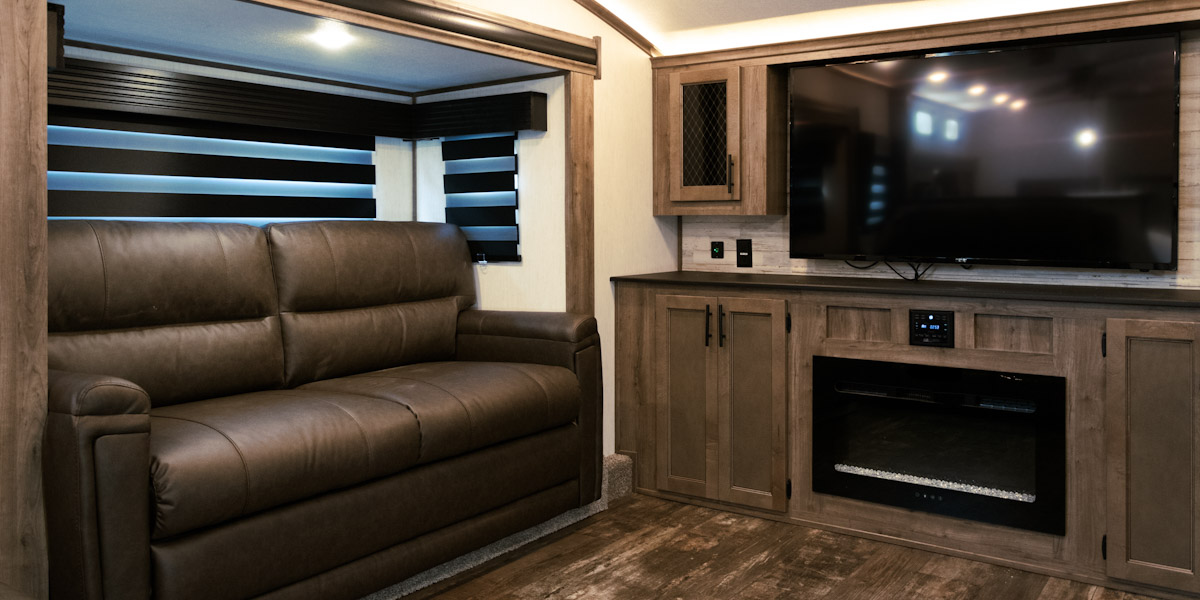Look, nobody is perfect. It could even be possible that you — wonderful as you are — are nevertheless the king or queen of excuses. (To be sure, we’d have to ask your favorite passenger.) Even so, none of the “what ifs” in life should stop you from enjoying a dream RV trip across the country. (Or, dare we dream big, the continent!) Sure, as you imagine a big trip, it’s also easy to imagine an emergency where you’re caught on the wrong side of the country. And now, you’re scrambling to find a place where to park your RV so you can fly back fast. (Just thinking about it is already stressful.)
The reality is that what ifs do happen. You could be on a cross-country road trip and get THAT dreaded call. Or suddenly, you could find out that your best friend’s daughter’s wedding lands smack dab in the middle of a preplanned, three-month trip to Alaska. You may even need to have an urgent medical procedure with a preferred doctor near home.
What do you do — cancel your trip, or fly back for a few days, or weeks? And where on earth can you find a place to park your RV for the duration? (And no, Crack Barrel is not a long-term solution.)
Take a breath. We have good news. Whatever jam you find yourself in while traveling in your RV, you have many options! So, let’s stop worrying and talk about them.
Temporary RV Storage Options in an Emergency
Search for RV storage with your smart phone.
Look up “rv storage near me” on your preferred smart phone map app. It will bring up a variety of options wherever you are. Some storage facilities offer inside climate-controlled options. Some are covered. And some are just outside in an empty (though usually fenced-in) lot. This could be a quick and safe option if you need it — usually up to several months if they have available space .
Talk to nearby hotels and airports.
Hotels with extended parking are the perfect place to park and fly. Most even offer an airport shuttle. You can almost always count on a Holiday Inn Express near an airport to provide a week of free parking with a night’s stay, but if there isn’t one near you, try the ParkSleepHotels website.
Also, organizations like Global Airport Parking will provide some easy parking options near airports. Just choose the city near you on the website, and several options will pop up. You don’t necessarily need to stay at the hotel. You can just use their parking lot — and these lots are often less expensive than parking at the airport. While they don’t always have dedicated RV spots, they are generally larger than the hotel’s guest capacity. So, it’s easy to take up more than one spot.
Pro Tip! Look up the hotel address on your map app and use the satellite view to determine which parking lot is best for your rig.
If you have a Boondockers Welcome membership, ask a host.
Boondockers Welcome is not only an RV club that provides free overnight places to stay the night across the continent. Some BW hosts may be able to help out if they have enough room on their property to babysit your rig for a few days. These hosts are fellow RV travelers. So, they will likely understand your situation and may be able to offer you a place to park for up to a week or so.
Check with local RV parks and campgrounds.
Some RV parks may also be able to help out if they have an RV storage area on their property. Many parks offer seasonal storage where you might be able to park your RV, so it’s always worth a call if you are near an area with several RV parks. Simply do a quick online search for what’s nearby, or use an app like The Dyrt PRO to find RV parks near you.
Reach out to trusted friends nearby and the RV community.
If you are a member of an RV Facebook group or forum, reach out to the members with your request for help. You just might find someone in your neighborhood!
We always recommend making friends with folks who have property and offering your services as a trade. We can’t tell you how many times we’ve had folks offer their property when we’ve needed to park our rig for a week or two. One new friend in Anchorage, Alaska even offered us a ride to/from the airport!
Depending on where you are, your rig, and your situation, there are many options to park your rig for a few days or even a few months. But, if the situation turns out to be longer than expected and you can’t get back to your rig, consider paying someone to drive your RV back home for you. Drivers are paid to deliver RV’s all over the continent, and you can tap into that network of drivers.
What to Consider When Leaving Your RV Behind
If you must change your plans and leave your rig on a moment’s notice, you will likely be a bit stressed out. (Right?) It’s easy to forget things. So, make a checklist of what you would need to do to get your rig ready to leave behind. It’s easier to have a premade list on your phone than create one when your brain is muddled with 72 other things.
Turn off your appliances.
Unplug and/or turn off everything electric or gas powered, including your propane tanks. If your fridge can run on 12V and you have food you’d like to keep, use the 12-volt or “boondocking” setting. If you have enough solar wattage on your roof, the panels will keep your house batteries topped off and the fridge running while you are away.
Leaving your vehicle alarm on will likely drain your starting battery. To prevent this, install a battery maintainer solar panel (usually 10-watt) to keep your starting battery topped up while you are away.
Prevent theft.
Lock everything, leave your blinds down and curtains closed, take all unreplaceable/valuable items with you, park under a bright light, and do not leave a spare key accessible on the outside. If possible, store anything hanging off your vehicle inside your vehicle (bikes, etc.) while you are away. If you can’t bring them inside, add an extra lock to make things hard to steal. For added safety, consider putting a GPS tracker detector in your vehicle. If your vehicle is stolen, you can track its location before notifying the police.
Take winter into consideration.
If you need to leave your RV behind during the winter and can’t find climate-controlled storage nearby, do these six things to safely winterize your rig.
Don’t Worry About Where to Park Your RV! Live a Little
Hopefully, knowing that there are options for where to park your RV in an emergency gives enough comfort to kick fear to the curb. Now, go enjoy your dream RV trip and stop worrying about those what ifs. (You got that!) Fact is that you only live once, and you can’t take your RV with you!
